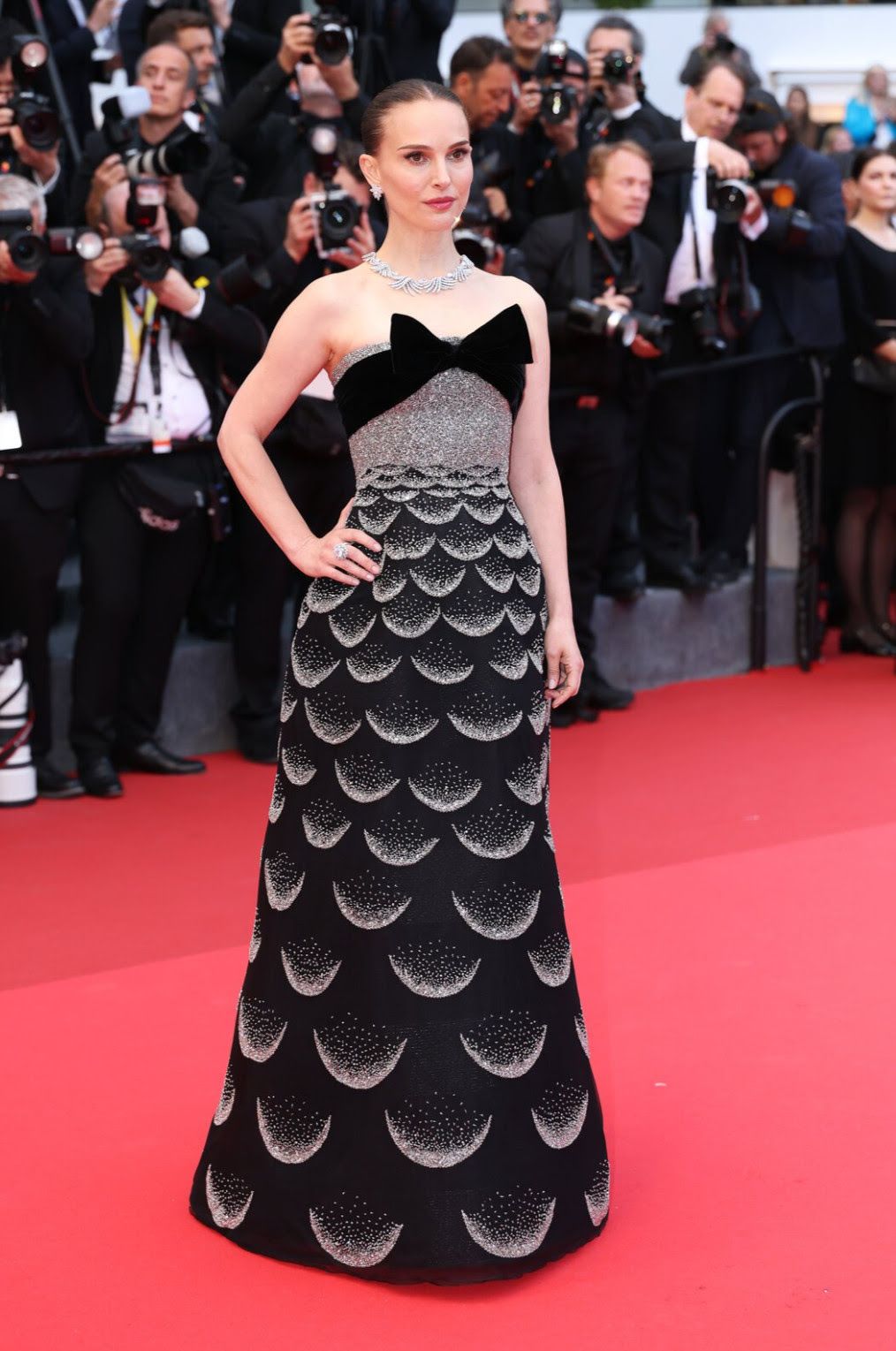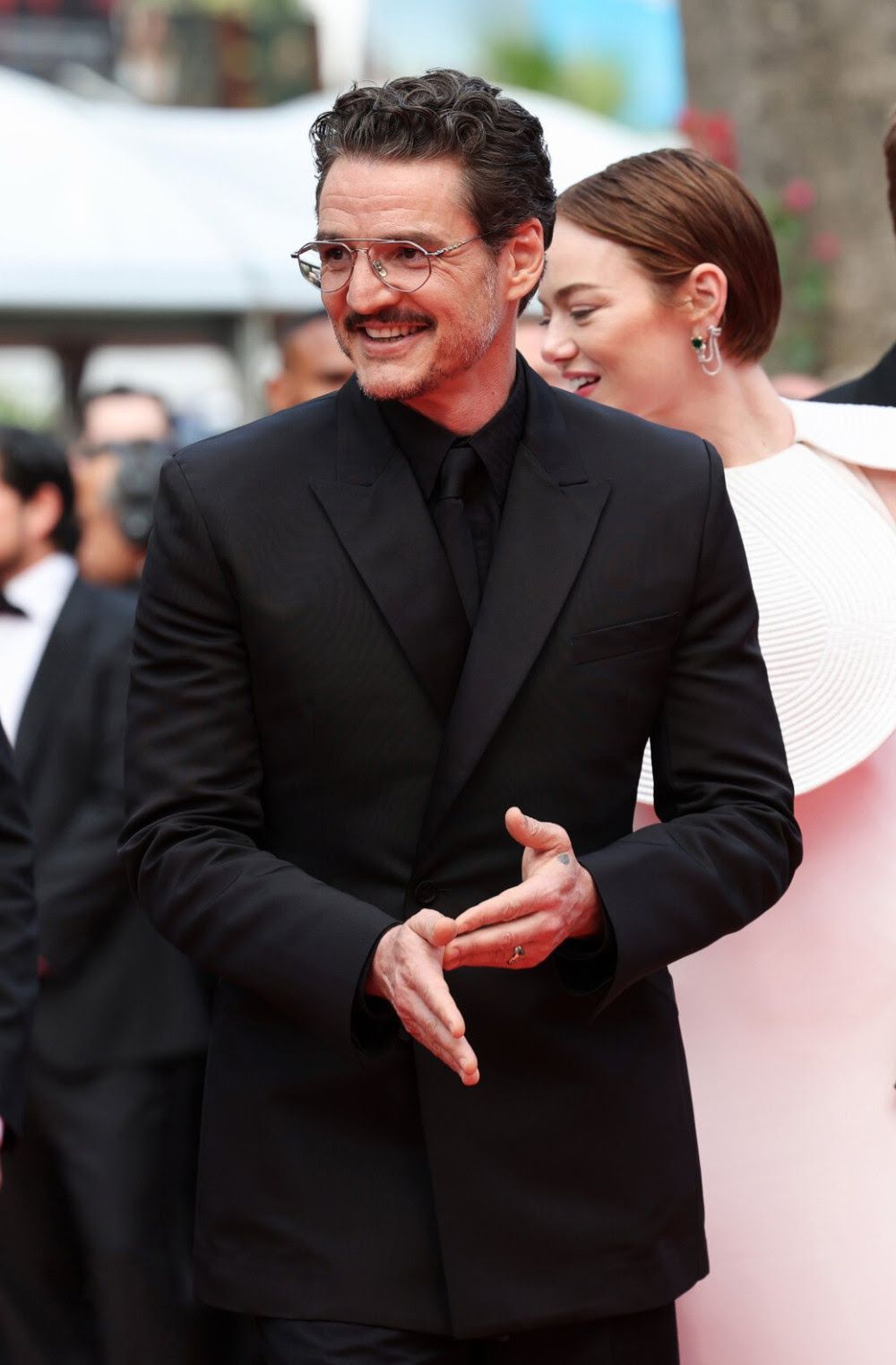Historical storytelling meets fashionable avant-garde as Portman and Pascal appear in Dior at Cannes
By The Celebrity Editorial Team
At the Cannes premiere of Ari Aster’s Eddington, Natalie Portman and Pedro Pascal arrived in masterfully crafted Dior ensembles that bridged eras.
Set in a small New Mexico town during May 2020, Eddington unfolds against the backdrop of the early COVID-19 pandemic, chronicling a confrontation between a local sheriff (Joaquin Phoenix) and the town’s mayor (Pedro Pascal). The film, an A24 production, entered the festival with high expectations but emerged to a somewhat muted response. Still, the screening concluded with an emotionally charged moment as a tearful Phoenix received sustained applause, and director Aster addressed the audience: “I don’t know what to say. I don’t know what you think. I feel very privileged to be here. This is a dream come true,” he said, adding, “I don’t know. Sorry?”
The film’s star-studded cast—Emma Stone, Austin Butler, Luke Grimes, Clifton Collins Jr.—helps weave a narrative charged with pandemic anxiety and the broader social upheavals of 2020, including racial reckonings and protests against police brutality. These themes of tension, transformation, and introspection echoed, perhaps unwittingly, in the sartorial choices of its stars.
On the red carpet, Portman, a longtime Dior muse, channeled postwar elegance in a grand evening dress crafted from black velvet and tulle, embroidered with intricate silver scales. The design was inspired by the “Mexico” model from Dior’s Winter 1951 Haute Couture collection, a silhouette emblematic of Christian Dior’s vision of structured beauty and resilience in the wake of global unrest. Her beauty look by Dior Beauty complemented her features while allowing the grandeur of the gown to shine.

Pascal brought a different kind of gravitas in an ensemble from Dior Men’s Winter 2025–26 Collection, designed by Kim Jones. Anchored by a black double-sided silk bar jacket with laser-cut detailing, his look reinterpreted the house’s iconic 1947 “New Look” through a masculine lens. The jacket’s engineered precision, paired with a black cotton shirt and silk tie, evoked both restraint and rebellion—a fitting metaphor for a character navigating civic authority in a fractured world. Black wool trousers with a V-shaped detail at the back added a subtle yet intentional architectural punctuation to an otherwise minimalist silhouette.

Together, Portman and Pascal appeared in looks that are steeped in historical couture codes—Portman wearing the epitome of couture and Pascal emerging as a vision of modern legacy. Their presence on the red carpet underscored the house's unique ability to stretch across decades without losing its pulse on the present.
As Eddington competes alongside auteur-driven works from the likes of Wes Anderson, these fashion moments reaffirm that cinema and couture remain in constant dialogue. In the hands of artists who understand the power of visual storytelling—on and off the screen—red carpet appearances become more than surface but rather complete the cinematic narrative.
